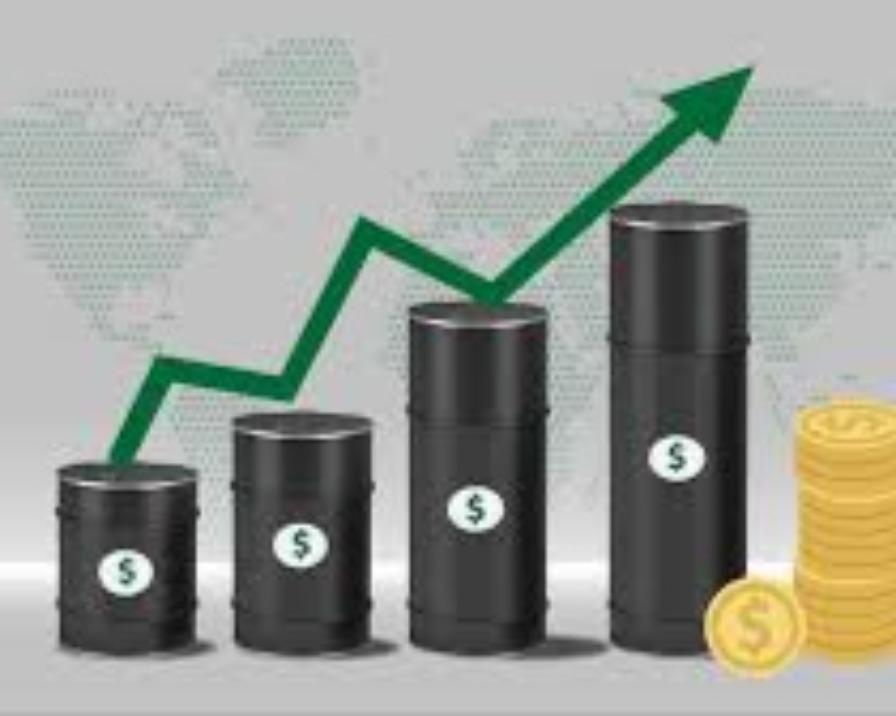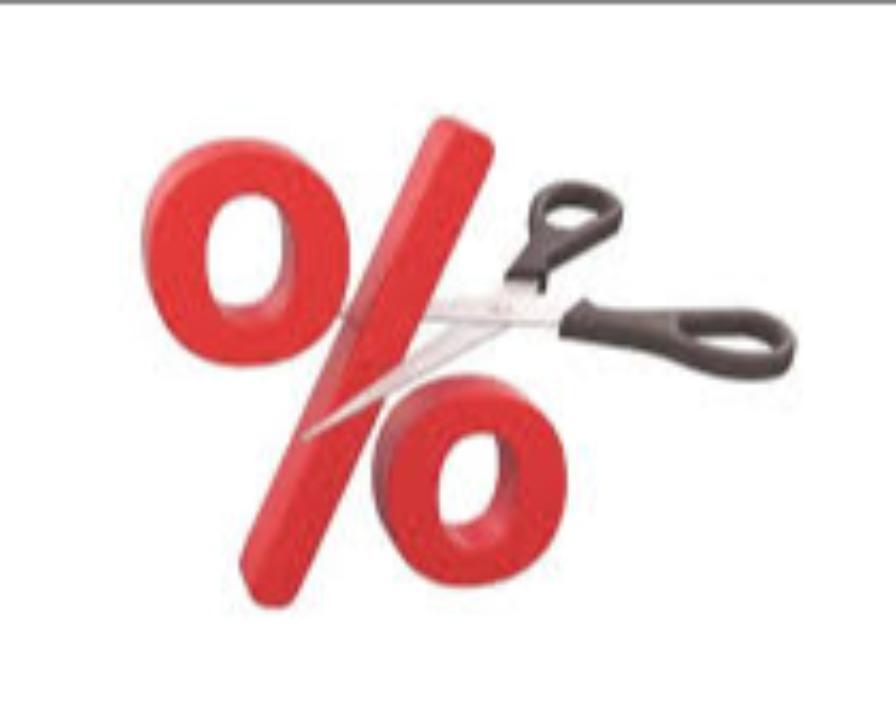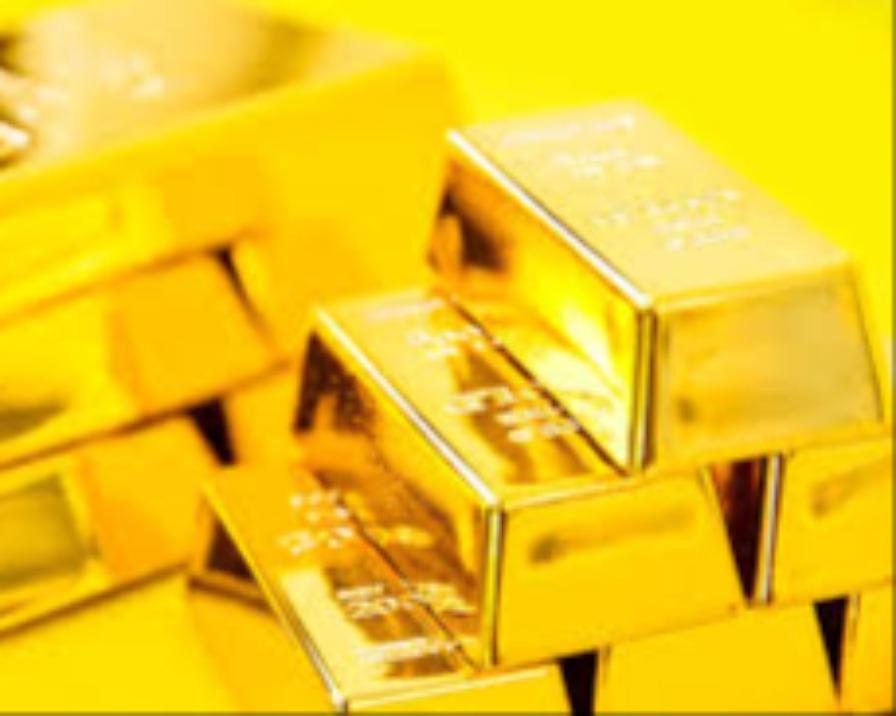In a notable rebound from overnight losses, gold prices rose in Asian markets on Tuesday as traders positioned themselves ahead of Federal Reserve Chair Jerome Powell's upcoming testimony, hoping for dovish signals regarding future interest rate decisions.
The yellow metal experienced a retreat on Monday but maintained gains accumulated over the past week. A series of weak labor market readings bolstered expectations for an interest rate cut in September, further supported by a weakening dollar.
Gold's Performance and Market Sentiment
Spot gold climbed 0.4% to $2,367.97 per ounce, while gold futures for August delivery increased by 0.5% to $2,374.40 per ounce by 00:21 ET (04:21 GMT). The rise in gold prices was fueled by increasing speculation over a potential interest rate cut in September, exacerbated by the dollar's retreat.
Recent soft labor market data has led traders to bet that Powell will adopt a dovish tone during his two-day testimony before Congress, set to commence later on Tuesday. Although Powell has acknowledged progress towards disinflation, he has also emphasized the need for more confidence before the Federal Reserve can commence rate cuts.
Beyond Powell's testimony, several other Fed officials are slated to speak this week, and key consumer price index (CPI) inflation data is also anticipated. These factors are expected to significantly influence the Fed's outlook on interest rates.
Impact of Lower Interest Rates on Precious Metals
Lower interest rates are generally favorable for gold and other precious metals, as they reduce the appeal of the dollar and debt instruments, which typically perform better in a high-interest-rate environment. As such, a dovish stance from the Fed could further bolster gold's attractiveness.
Other precious metals also experienced gains on Tuesday. Platinum futures rose 0.7% to $1,022.05 per ounce, while silver futures climbed 1% to $31.218 per ounce. Silver has notably outperformed gold in recent months, reflecting its robust demand and market dynamics.
Copper Prices and China’s Economic Indicators
Among industrial metals, copper prices rose on Tuesday as they continued to recover from significant losses in June. Benchmark copper futures on the London Metal Exchange increased by 0.2% to $9,933.50 per tonne, while one-month copper futures rose 0.4% to $4.6245 per pound.
Copper traders are keenly awaiting additional economic cues from China, the world's top importer of the metal, with key trade and inflation data expected later this week. However, the outlook for copper remains clouded by waning optimism over China's economic prospects, which contributed to steep declines in the metal's price throughout June. Additionally, fears of a potential trade war with the West have kept copper prices relatively subdued.
Market Movements on Monday and Broader Economic Context
On Monday, gold prices dipped slightly in Asian trade as traders awaited further guidance on U.S. interest rates from Powell's testimony and key inflation data scheduled for the week. Despite the slight decline, bullion prices remained near one-month highs, inching closer to the significant $2,400 per ounce mark amid growing confidence that the Fed will initiate rate cuts in September. The broader metal market also benefited from a weakening dollar, which reached a near one-month low.
Gold's sharp rise over the past week can be attributed to a series of weak labor market reports, which have increased optimism about impending interest rate cuts. The recent soft nonfarm payrolls data was a key driver of gold's gains, as it heightened expectations for lower rates, which are anticipated to increase liquidity and reduce the allure of the dollar and Treasury securities.
According to the CME FedWatch tool, traders are now pricing in over a 72% chance of a 25 basis point rate cut by the Fed in September, up from 59% the previous week. This week, market focus is firmly on further economic cues and monetary policy signals, with Powell's testimony and CPI inflation data likely to play critical roles in shaping the Fed's future actions.
Performance of Other Precious Metals and Industrial Metals
While other precious metals also experienced a retreat on Monday, they remained supported by strong gains from the previous week. Platinum futures fell 0.6% to $1,039.25 per ounce, and silver futures declined 1% to $31.370 per ounce.
In the industrial metals sector, copper prices displayed mixed performance on Monday amid ongoing concerns over China's economic outlook. Benchmark copper futures on the London Metal Exchange rose 1% to $9,983.0 per tonne, while one-month copper futures fell 0.9% to $4.6235 per pound.
Concerns about China's economic health have weighed heavily on copper prices in recent weeks, exacerbated by European import tariffs on Chinese electric vehicles, which have stoked fears of an escalating trade war with the West. Additionally, middling economic data from China has cast doubt on the strength of the country's economic recovery.
Market participants are now eagerly awaiting Chinese trade and inflation data due later this week, which will likely provide further insight into the country's economic trajectory and its implications for global commodity markets.
Outlook and Anticipations
As markets navigate through a week packed with significant economic events and data releases, the anticipation of dovish signals from the Federal Reserve continues to drive precious metal prices. Gold, in particular, stands to gain from any indications of forthcoming rate cuts, which could further weaken the dollar and enhance the metal's appeal as a safe-haven asset.
Investors and traders will closely monitor Powell's testimony, as well as speeches from other Fed officials, for any hints about the central bank's future monetary policy direction. Additionally, the release of CPI inflation data will be a key determinant of market sentiment, influencing expectations for the Fed's next moves.
In the industrial metals arena, the focus remains on China's economic indicators, with traders seeking clarity on the country's demand prospects and potential policy responses to its economic challenges. The interplay between U.S. monetary policy signals and China's economic performance will be crucial in shaping the broader market dynamics in the coming weeks.



